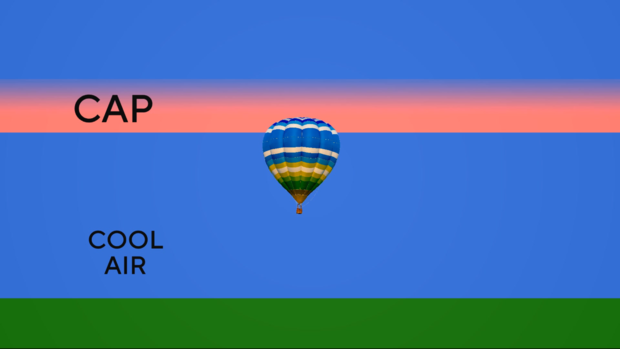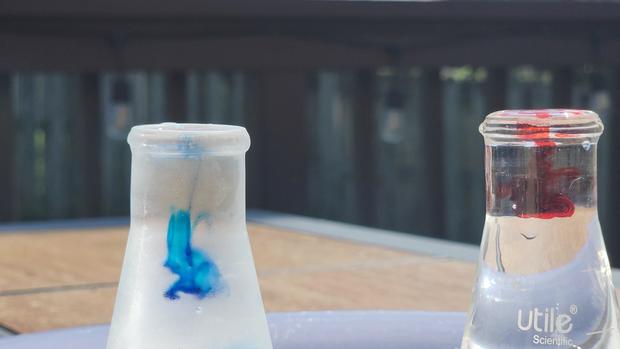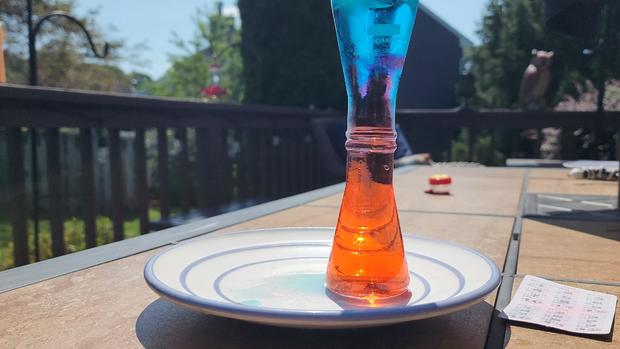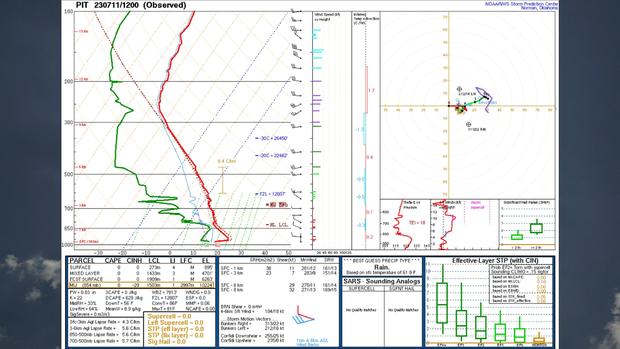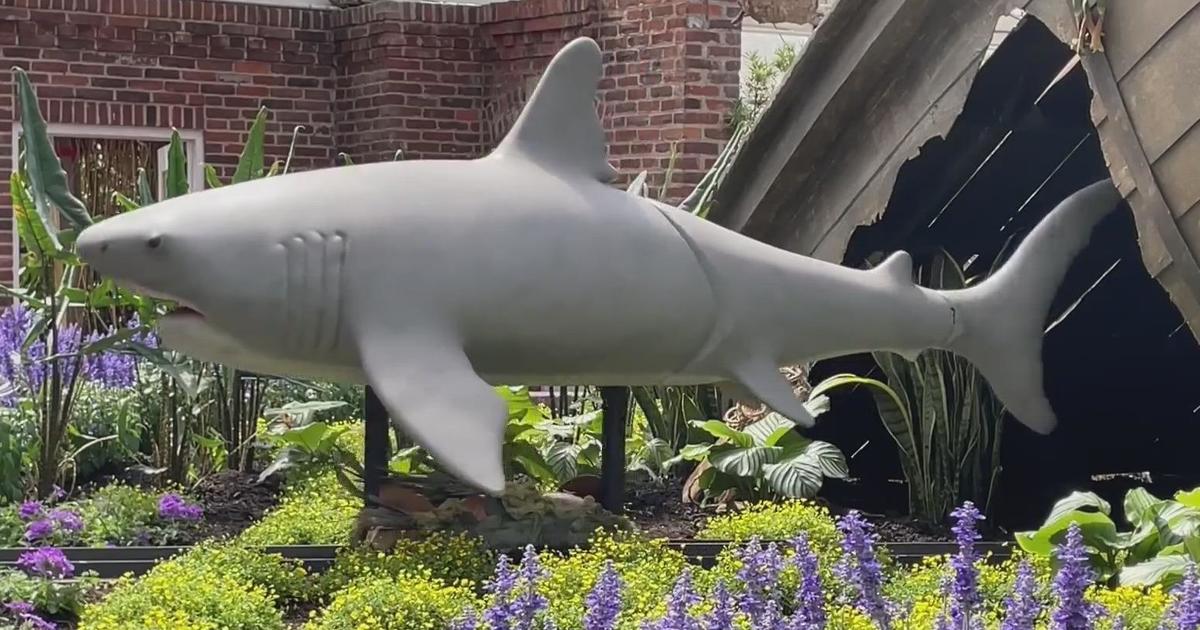Hey Ray: Making a model of the atmosphere
PITTSBURGH (KDKA) - We have talked many times about how the atmosphere is a fluid.
Yep, sort of like water!
Remember, a fluid, like water, has no fixed shape and easily gives way to external pressure. More simply, it is a matter that flows like a gas or liquid.
Since the atmosphere is a fluid, we can show how parts of it move with another fluid. Water! Let's start this experiment by seeing how the atmosphere acts under "The Cap."
You may remember when we discussed the cap.
When warm or hot air is rising, it will continue to rise until the environment around it becomes the same temperature or warmer. At that point, the air cannot rise anymore. We are going to show this in action with hot tap water, cold water, and a couple of Erlenmeyer flasks.
This is an experiment that could get messy, so it is best to do this over a dish. Since there is food coloring involved, you might want to wear "play clothes."
To do this experiment, we are going to fill one Erlenmeyer flask with cold water and one with hot water from the sink. We will drop a little blue food coloring in the cold water and red food coloring in the hot water.
These each represents part of the atmosphere.
We said we are going to start with "the cap", so we are going to flip over the hot water, with the help of an old calendar that came with a deck of playing cards.
When we slide the card out, you can see that the cold water stays at the bottom and the hot water stays on top. Cold water, like cold air in the atmosphere, is denser, so it stays on the bottom.
Eventually, when the cold water warms up and the warm water cools down, the two will start to mix.
Let's flip things around.
We know that warm air rises. When warm air rises into a cooler environment, you can get some big-time storms.
You can see that by doing this experiment again, but with the cold water on top, the result is much different.
The red, hot water rises through the cold water. It almost looks like it is creating clouds.
This is what happens in the atmosphere.
Like the hot water, the warm air rises, condenses, and creates clouds, precipitation, and sometimes storms!
When weather balloons are launched, they give us temperature readings, among other things, from the ground high into the sky. We view them on a chart called a skew-T. This shows us how the temperatures change with height in the atmosphere.
We can use this to help predict storms and how strong they could become.
Our Erlenmeyer flasks sort of model how the atmosphere acts with the different setups of cold and hot air.

